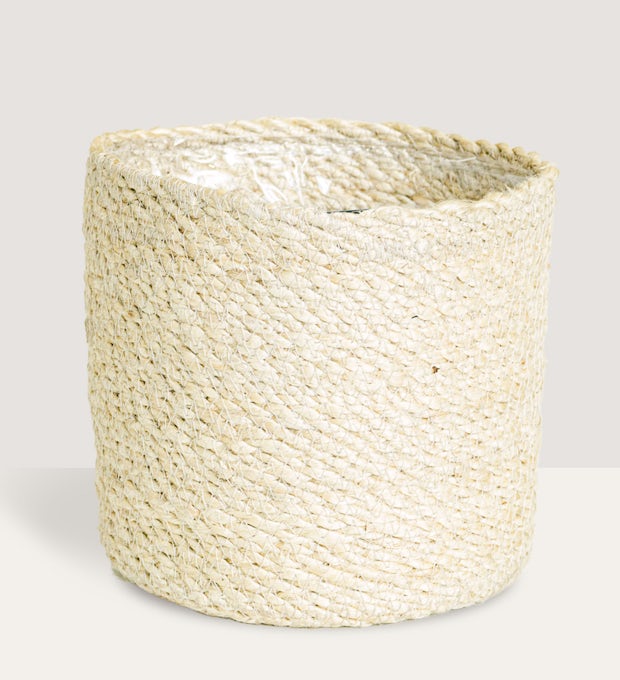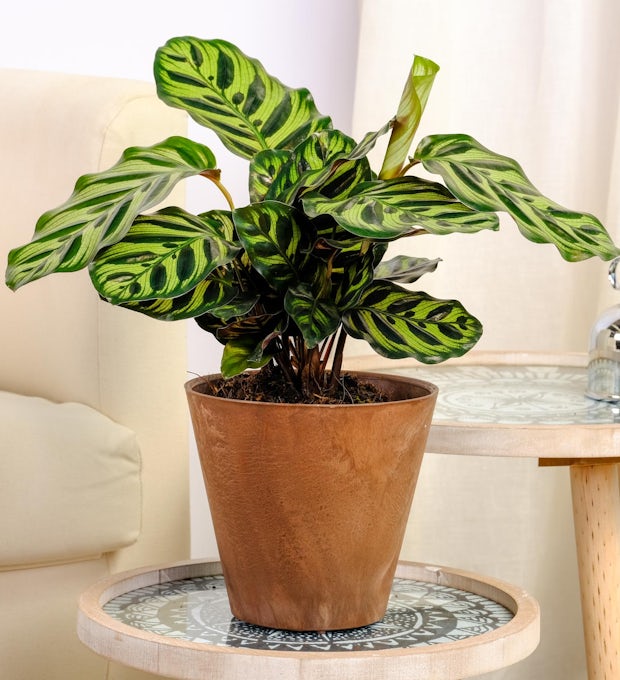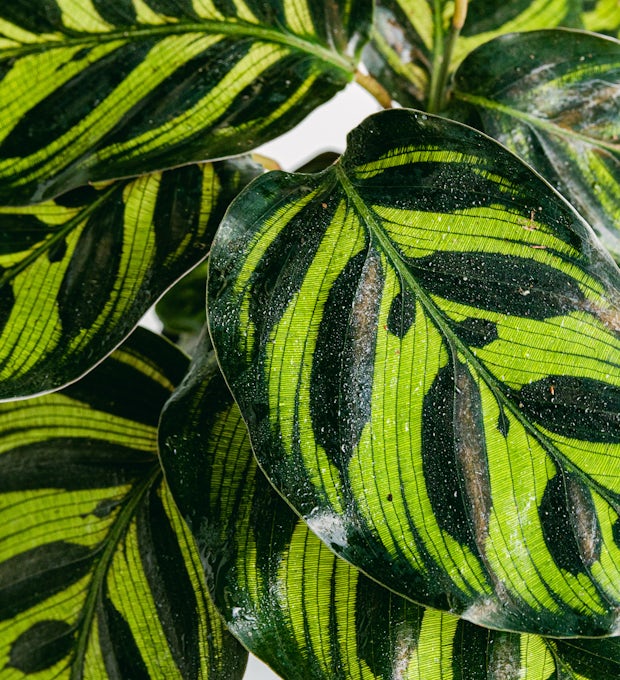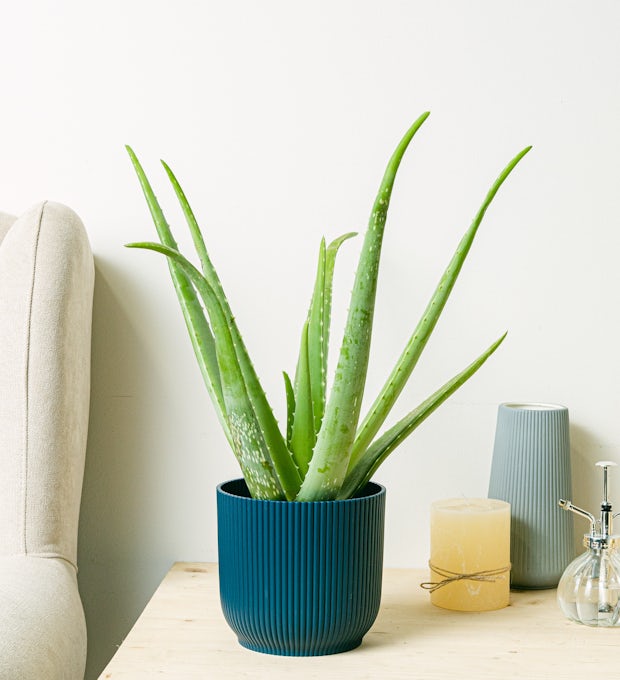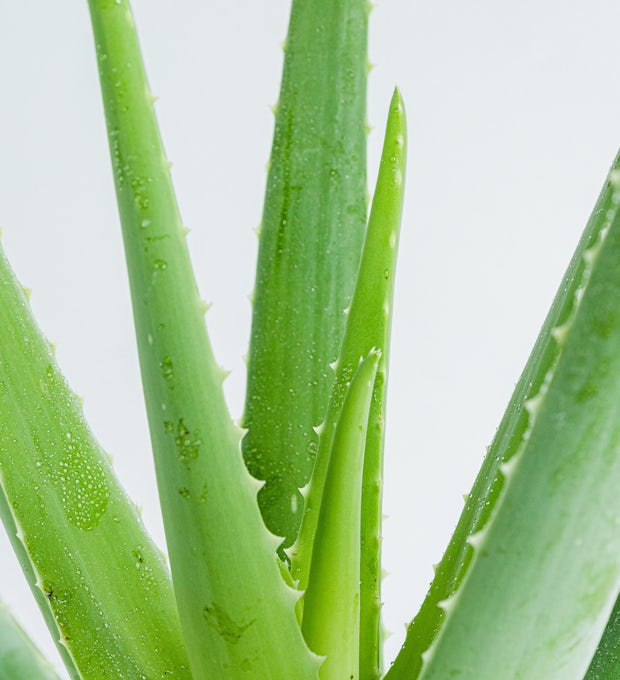Do you want to give an exotic touch to your garden? Look no further! The Bird of Paradise is the perfect plant to fill your green spaces with beauty and color. With its eye-catching flowers and tropical look, this plant will transport you to a natural paradise in your own home. But how do you take care of it properly? Don't worry, here we will give you all the necessary tips to keep your Bird of Paradise plants healthy. From proper watering to pest protection, find out everything you need to know to bring out the beauty of these wonderful plants. Get ready to impress everyone with your exotic garden!
The exotic beauty of the Bird of Paradise in your garden
Imagine having a little piece of paradise in your own garden. Wouldn't that be wonderful? Well, with the Bird of Paradise, that fantasy can come true. This beautiful exotic plant is a true gem that adds a touch of elegance and mystery to any outdoor space. Its flowers, in the shape of a flying bird, are simply stunning. With its bright orange and blue colors, you won't be able to help but be captivated by its exotic beauty. It's like you're watching a magical creature in mid-flight. But not only its appearance is fascinating, its aroma will also transport you to distant and exotic places. Just by closing your eyes and breathing deeply, you'll feel like you're in the middle of the rainforest. Plus, the Bird of Paradise is a hardy plant that's easy to care for, so you won't have to worry too much about keeping it healthy. So, if you want to give your garden an exotic touch full of life, don't hesitate to include the Bird of Paradise among your favorite plants. I assure you that you will not regret having this tropical wonder near you.
Basic Care to Keep Your Bird of Paradise Plants Healthy
Keeping your Bird of Paradise plants healthy is essential to enjoying their exotic beauty in your garden. These plants require basic but important care to thrive and flourish in all their glory. First and foremost, it's crucial to provide them with well-drained, nutrient-rich soil. Make sure water doesn't pool around the roots, as this can lead to disease and rot. Also, it's important to keep the soil moist but not soggy. Watering regularly, especially during the hotter months, is essential to prevent plants from drying out. However, avoid overwatering, as this can lead to root problems and rot. Another vital aspect is proper placement and exposure to sunlight. The Bird of Paradise needs at least 6 hours of direct sunlight a day to grow and bloom properly. Place them in a sunny, wind-sheltered location to ensure optimal growth. Finally, remember to fertilize your plants regularly with a balanced fertilizer to promote healthy growth and lush flowering. By following these basic cares, your Bird of Paradise plants will be radiant and full of life in your garden, giving you that exotic touch you want so much.
We ship plants to all locations, you can see more options here.
Proper Watering: Key to Optimal Plant Growth
Proper Watering: Key to Optimal Plant Growth
If you want your Bird of Paradise plants to look lush and full of life, proper watering is essential. Imagine a hot summer day, the sun shining brightly on your garden and the leaves of your plants thirsting for water. There's nothing more heartbreaking than watching them wither!
To keep your plants healthy, you need to make sure you're providing them with the right amount of water. The Bird of Paradise is native to tropical climates, so it needs regular watering but not excesses. A good tip is to water them twice a week during the warmer months and reduce the frequency in winter.
When watering, try to wet the soil around the plant thoroughly, avoiding puddles that could rot the roots. Observe how the plant reacts to water to adjust the amount according to its needs. If the leaves turn yellow or start to drop, you may be overwatering. On the other hand, if the leaves wilt or are dry, it could be a sign of a lack of water.
Remember, too, that the time of day you water is important. Avoid doing it under the scorching midday sun to avoid burning the leaves. Ideally, you should water early in the morning or evening, when the temperature is milder and the plants can absorb water better.
Proper watering not only ensures optimal growth for your Bird of Paradise plants, but also provides them with a refreshing and revitalizing touch. Don't underestimate the power of water to bring out their exotic beauty and keep them healthy all year round.
We ship plants to all locations, you can see more options here.
The Importance of Location and Sunlight for the Bird of Paradise
Location and sunlight are two critical factors for the optimal growth and development of the Bird of Paradise in your garden. This exotic plant needs to receive an adequate amount of direct sunlight in order to flourish and display its full beauty. Placing it in a place where you get at least 6 hours of sun a day is crucial for your health. Additionally, it is important to choose a location protected from strong winds, as they can damage its delicate leaves and flowers.
Sunlight provides Bird of Paradise plants with the energy they need to photosynthesize, a vital process for their growth. Lack of sunlight can weaken them and cause their leaves to turn yellow or pale. On the other hand, excessive sun exposure can burn the leaves and damage the plant in general. That's why it's important to find a balance and make sure it's getting the right amount of sunlight.
If you don't have an outdoor space with enough direct sunlight, you can also choose to grow the Bird of Paradise in pots and place them near a sunny window inside your home. Be sure to rotate the pots regularly so that all parts of the plant receive light evenly.
In summary, location and sunlight are key aspects to the success of Bird of Paradise cultivation. Providing it with a suitable spot with enough direct sunlight will ensure its health and allow this beautiful exotic plant to flourish and add an exotic touch to your garden.
How To Properly Fertilize Your Bird Of Paradise Plants
We all love having a garden full of exotic and colorful plants, right? And what better way to add an exotic touch to your plants than with the Bird of Paradise. But, to keep them healthy and at their best, it is essential to fertilize them correctly. Fertilizing is like giving your plants a nutritious smoothie, providing them with the nutrients they need to grow strong and bloom beautifully. The first thing you should do is choose a balanced fertilizer, rich in nitrogen, phosphorus and potassium. You can easily find them at garden stores. Be sure to follow the application instructions on the product label. Generally, it is recommended to fertilize Bird of Paradise plants every two months during the spring and summer, when they are in full growth. However, be careful not to overfertilize them, as this can damage their roots and affect their health. Remember to water your plants before applying fertilizer to avoid root burn. And finally, don't forget to observe how your plants react after fertilization. If you notice any signs of stress or overfertilization, such as yellowing or wilting leaves, reduce the amount of fertilizer used. So, let's get to work! Properly fertilize your Bird of Paradise plants and enjoy their exotic beauty in your garden.
Protecting Your Bird of Paradise Plants from Pests and Diseases
When you have Bird of Paradise plants in your garden, it is important to protect them from pests and diseases to ensure their health and exotic beauty. These plants can be prone to attacks from insects such as aphids and spider mites, which can damage their leaves and flowers. But don't worry! There are some simple steps you can take to keep these pesky little critters at bay. One option is to regularly spray the plants with a mild insecticidal soap diluted in water, this will help kill the insects and prevent their spread. You can also use yellow sticky traps strategically placed near plants to capture flying insects. Additionally, it's important to regularly check your plants for signs of diseases such as spots or discolorations on the leaves. If you notice any problems, you can apply a specific fungicide to fight the disease. Always remember to follow the instructions on the product and use proper protective equipment when handling any type of chemical. By protecting your Bird of Paradise plants from pests and diseases, you'll be ensuring that they can grow and bloom in all their glory, giving you an exotic and beautiful touch in your garden.
Additional Tips to Bring Out the Beauty of Your Bird of Paradise Plants
If you want to highlight the beauty of your Bird of Paradise plants and make them the center of attention in your garden, here are some additional tips that will be of great help to you. First, consider placing some decorative lights around your plants to enhance their exoticism at night. Soft, warm lights will bring out the vibrant colors of the flowers and create a magical atmosphere in your garden. In addition, you can add some stones or decorative elements near the plants to create a more interesting and attractive environment. These elements will add a touch of personality and help bring out the natural beauty of the Bird of Paradise.
Another tip is to regularly prune your plants to keep them in shape and encourage healthy growth. Remove wilted leaves and flowers to promote the appearance of new flowers and maintain a neat and tidy look. Also, don't forget to water your plants regularly, especially during the hottest months of the year. Water is essential for maintaining the health and vitality of your plants.
Finally, don't hesitate to experiment with different combinations of plants and colors in your garden. The Bird of Paradise looks especially beautiful when paired with other tropical flowers or brightly colored shrubs. Don't be afraid to play around with different designs and textures to create a unique and eye-catching landscape.
Follow these additional tips and you'll soon have a garden full of lush Bird of Paradise plants that will capture the attention of everyone who passes by. Enjoy the exotic beauty that these wonderful plants can give you!
Give your plants an exotic touch with the Bird of Paradise! With proper care, you will be able to enjoy the beauty and charm of this plant in your own garden. From proper watering to location to sunlight, every aspect is crucial to your optimal growth. Don't forget to fertilize them properly and protect them from pests and diseases. Remember that highlighting their beauty depends not only on the care, but also on your creativity and personal style. You can combine them with other plants to create a tropical oasis in your home. Also, watch as these exotic flowers attract different species of birds and butterflies, filling your garden with life and movement. So don't hesitate to add an exotic touch to your plants and let your imagination run wild. The result will be spectacular! What are you waiting for to give your garden a true paradise?
